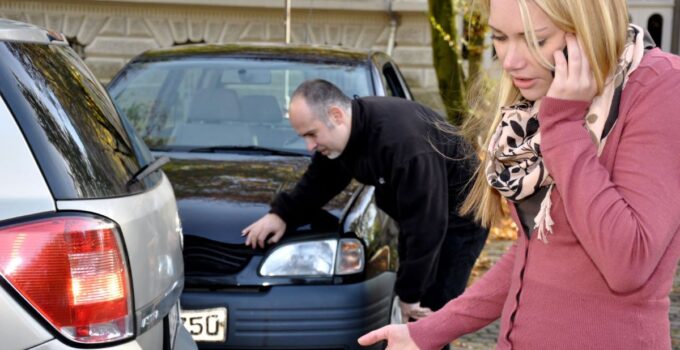Car insurance scams can cost you thousands and leave you frustrated. Are you aware of the most common schemes that fraudsters use to take advantage of unsuspecting drivers?
1. The Staged Accident Scam
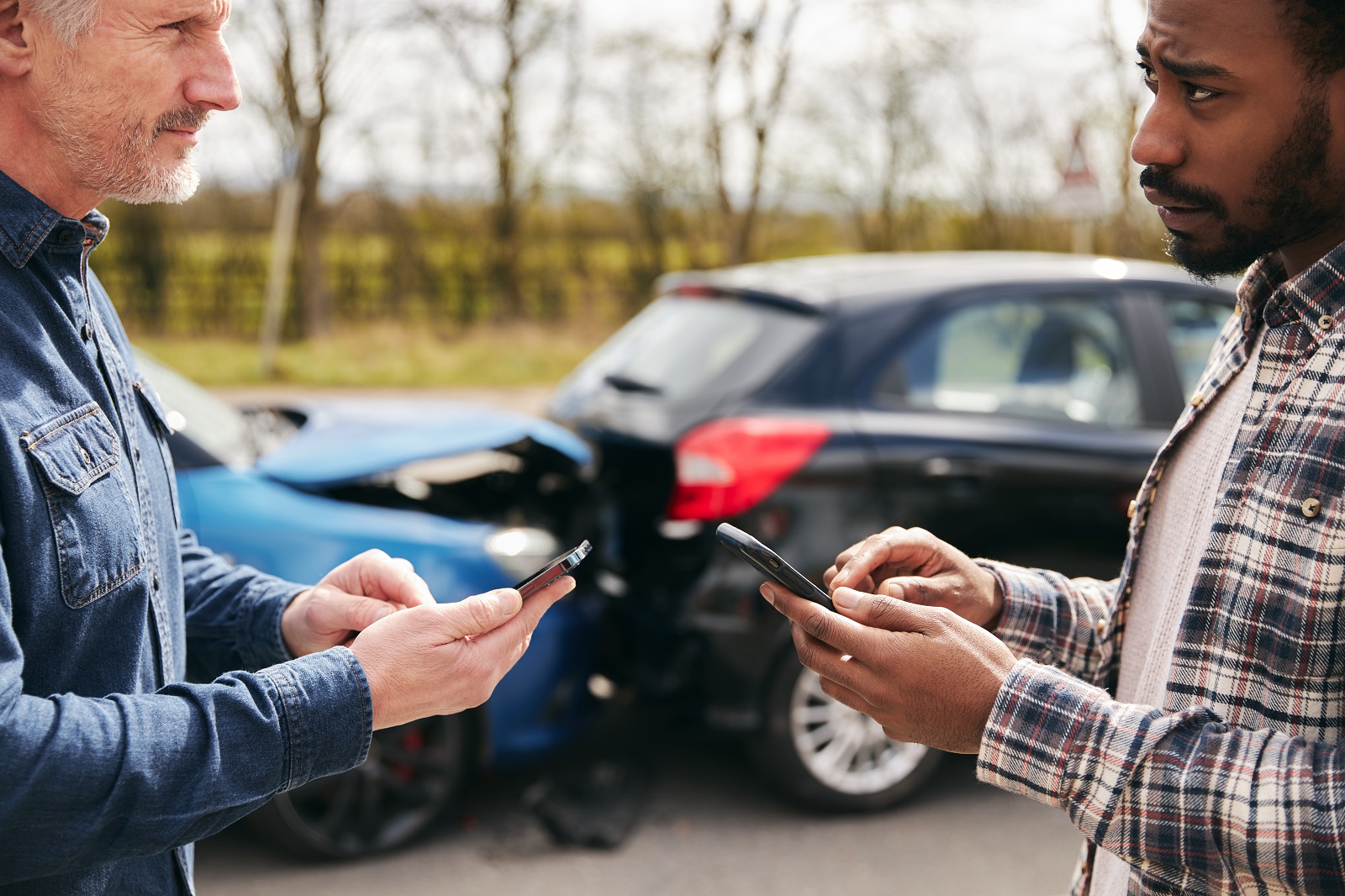
Image Credit: Shutterstock / Southworks
In staged accident scams, fraudsters intentionally cause a collision to file false insurance claims. According to the National Insurance Crime Bureau, these scams result in billions of dollars in losses annually. Always maintain a safe distance and use dash cams to protect yourself.
2. The Tow Truck Scam

Image Credit: Shutterstock / hedgehog94
Tow truck drivers may show up unsolicited at the scene of an accident, towing your vehicle to a shady repair shop. The Federal Trade Commission warns that these scams can lead to inflated repair costs and storage fees. Verify the tow truck driver’s credentials and contact your insurance company before allowing a tow.
3. The Fake Policy Scam

Featured Image Credit: Shutterstock / Pressmaster
Scammers pose as legitimate insurance agents, selling fake policies to unsuspecting victims. The Coalition Against Insurance Fraud reports that millions of Americans fall for these scams each year, leaving them uninsured when they need it most. Always verify the agent’s license with your state’s insurance department.
4. The Jump-In Scam

Image Credit:
Shutterstock / Ekkasit A Siam
In a jump-in scam, additional passengers falsely claim to have been in the vehicle during an accident to file injury claims. This scam inflates the number of injury claims and raises your insurance costs. Keep detailed records of the accident scene and witness accounts to protect yourself.
5. The Phantom Repair Scam

Image Credit: Shutterstock / Sean Locke Photography
Some repair shops bill your insurance for work that was never done or use substandard parts. The Insurance Information Institute states that phantom repair scams contribute to higher premiums for all drivers. Always choose a reputable repair shop and request detailed invoices for all work performed.
6. The Paper Accident Scam
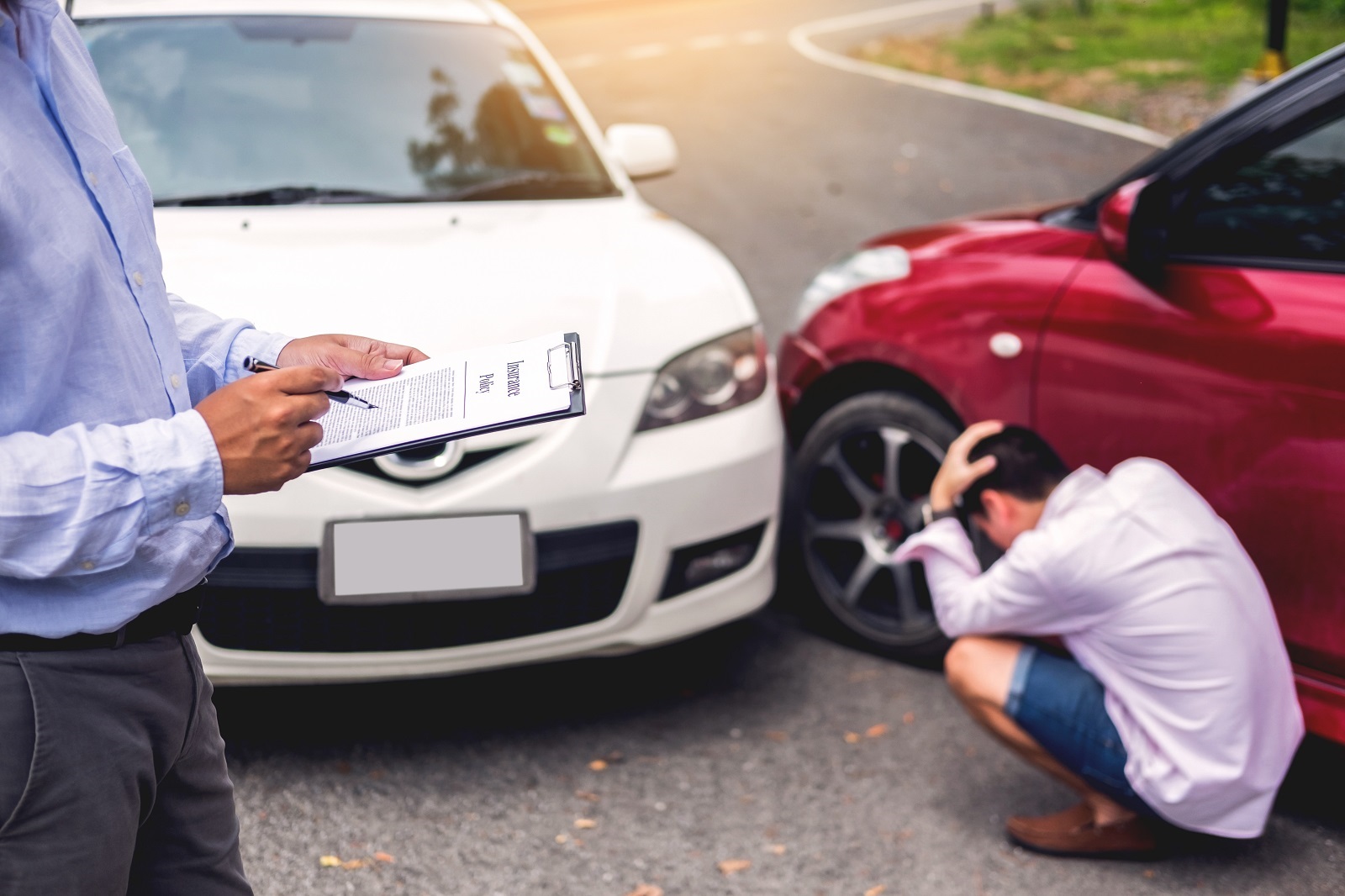
Image Credit: Shutterstock / Indypendenz
Fraudsters report fake accidents that never happened, submitting false claims for vehicle damage or medical injuries. This scam often involves forged police reports and witness statements. Regularly check your insurance claims history and report any discrepancies to your insurer.
7. The Towing and Storage Scam
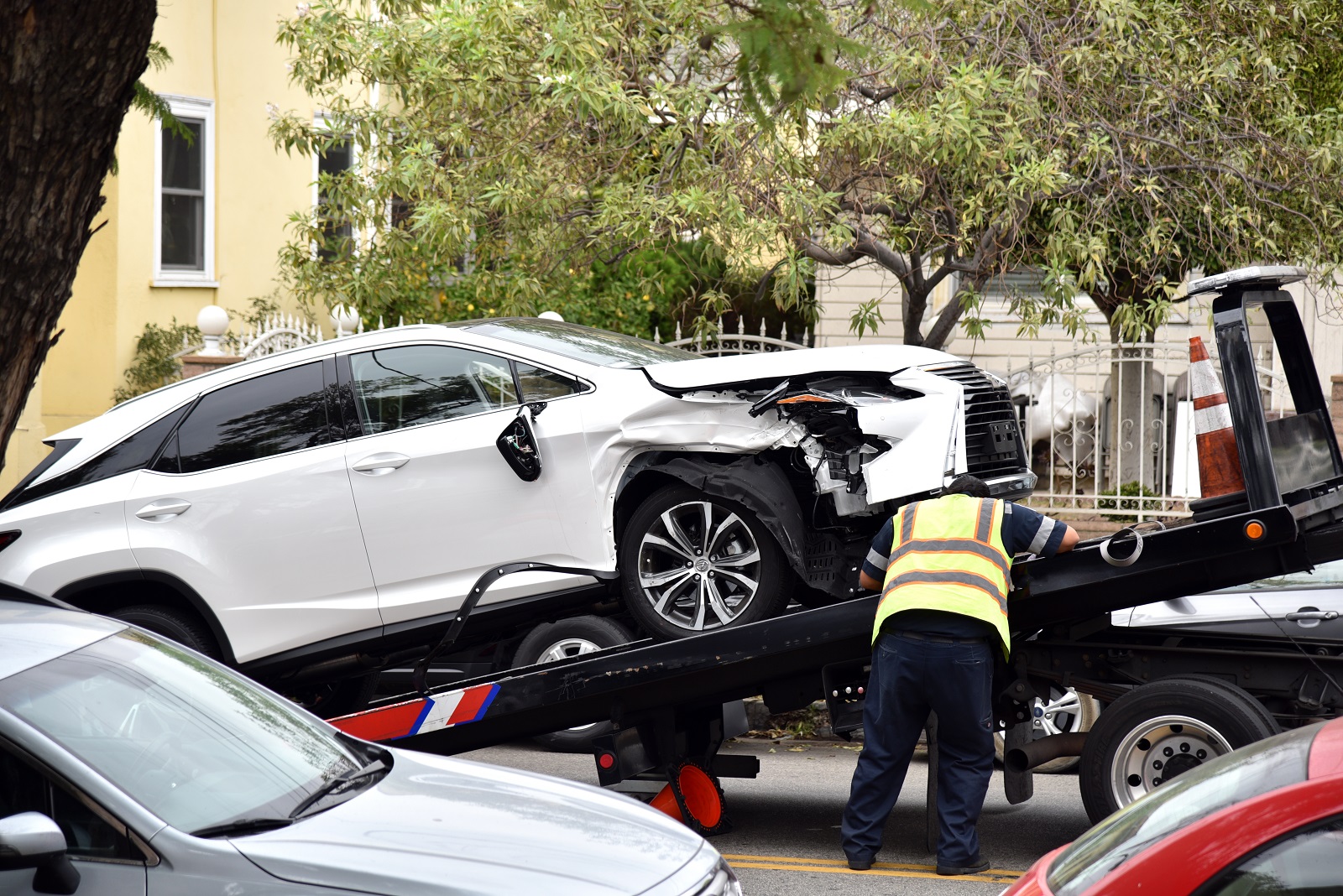
Image Credit: Shutterstock / MSPhotographic
After an accident, some towing companies may take your vehicle to an unauthorized lot and charge excessive storage fees. These fees can quickly add up, sometimes surpassing the cost of the actual repairs. Always know your towing and storage rights and confirm details with your insurance provider.
8. The Rental Car Scam
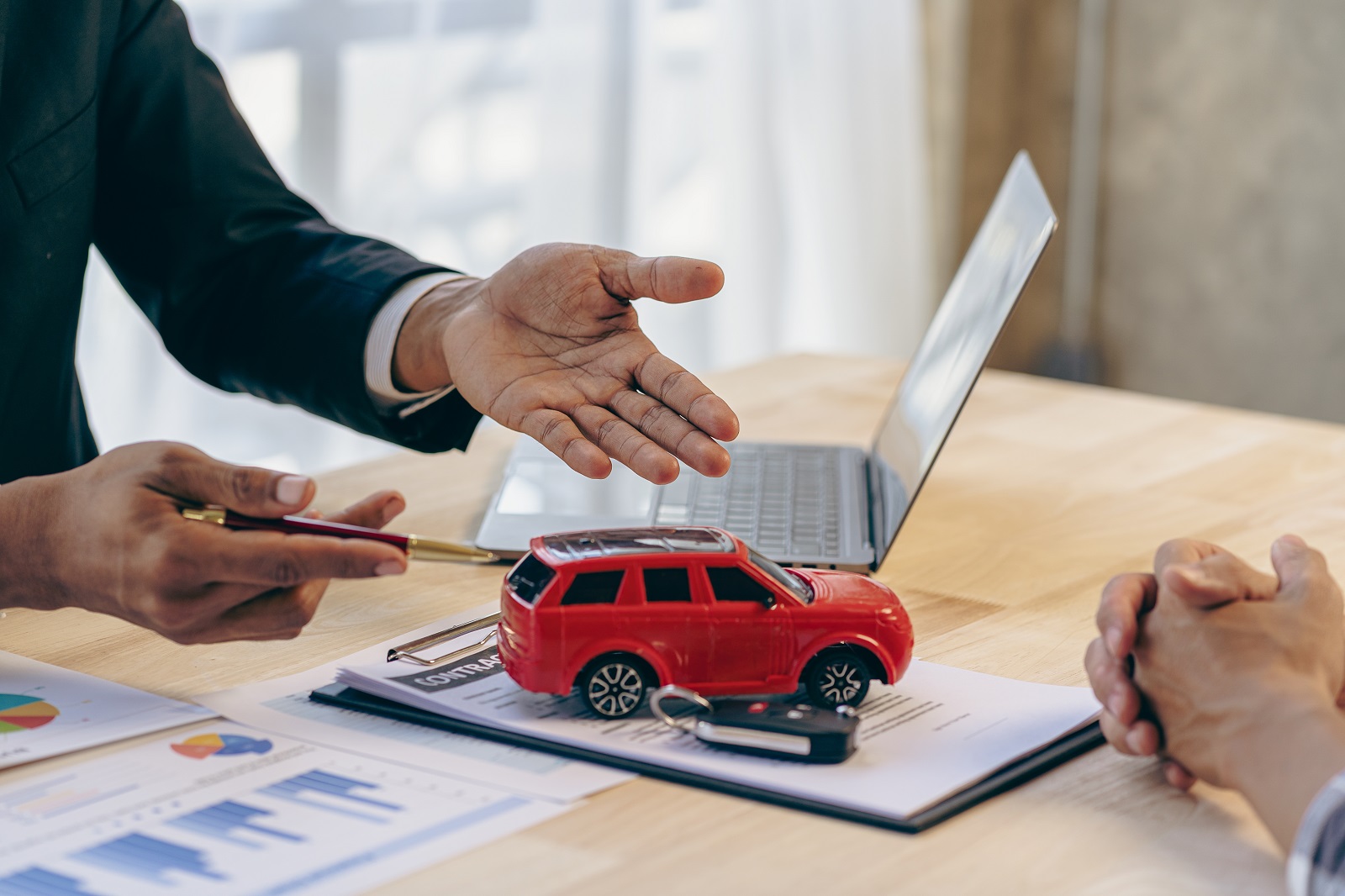
Image Credit: Shutterstock / SaiArLawKa2
Dishonest rental car companies may inflate damage claims or charge for pre-existing damage. Document the vehicle’s condition thoroughly before and after your rental period with photos and notes. Report any discrepancies immediately to your rental company and insurance provider.
9. The Enhanced Damage Scam
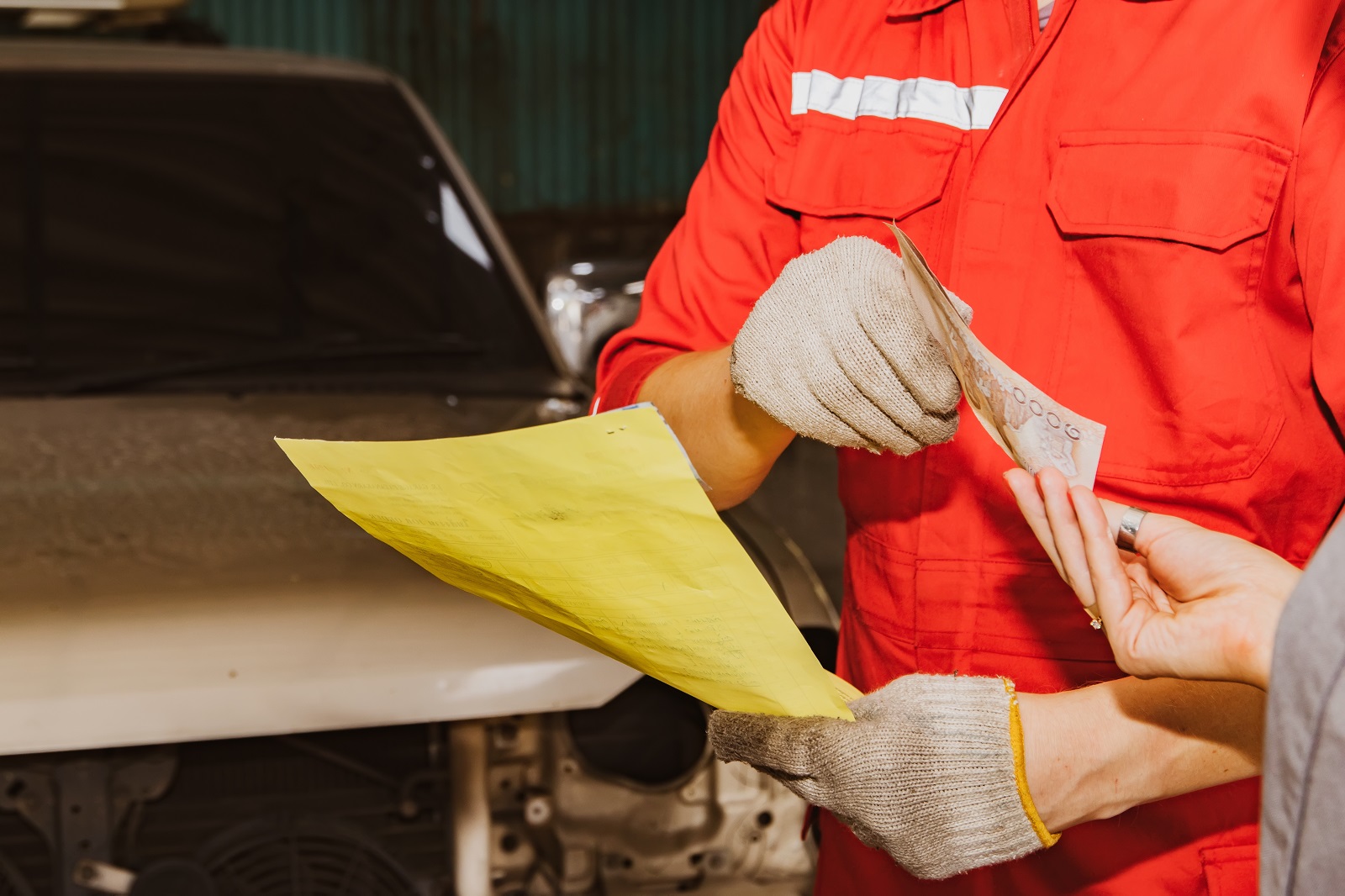
Image Credit: Shutterstock / chalermphon_tiam
A repair shop might cause additional damage to your vehicle to inflate the repair bill. These fraudulent repairs can lead to higher insurance claims and premiums. Choose repair shops recommended by your insurer and request before-and-after photos of the work performed.
10. The Inflated Medical Bills Scam

Image Credit: Shutterstock / Elnur
Medical providers sometimes exaggerate injuries or inflate bills after an accident to increase their payout. This can lead to higher insurance costs and more out-of-pocket expenses for you. Keep copies of all medical records and question any suspicious charges.
11. The Agent Fraud Scam

Image Credit: Shutterstock / Reshetnikov_art
Unethical agents might pocket your premium payments instead of forwarding them to the insurance company, leaving you without coverage. Always pay your premiums directly to the insurance company or through their official payment channels.
12. The Premium Diversion Scam

Image Credit: Shutterstock / qoppi
In this scam, fraudulent agents collect premiums but never remit them to the insurance company, resulting in policy cancellations. Monitor your insurance statements and confirm with your insurer that your payments have been received.
13. The Salvage Fraud Scam

Image Credit: Shutterstock / DuxX
Scammers sell salvage or rebuilt vehicles without disclosing their history, leaving you with a car that may have hidden damage. Always check the vehicle’s history report and have a trusted mechanic inspect it before purchase.
14. The Ghost Broker Scam

Image Credit: Shutterstock / PanuShot
Ghost brokers sell fake insurance policies at a lower price, often targeting online buyers. These policies are worthless, leaving victims uninsured. Purchase insurance only from reputable companies and verify the policy with the insurer.
15. The Identity Theft Scam

Image Credit: Shutterstock / Drazen Zigic
Fraudsters use stolen identities to buy insurance policies and file claims. This can lead to incorrect claims on your insurance record and higher premiums. Protect your personal information and regularly review your credit report for suspicious activity.
Stay Alert, Stay Safe

Image Credit: Shutterstock / Inside Creative House
Scammers are always on the lookout for their next victim, but with the right knowledge, you can outsmart them. Be vigilant, verify credentials, and always report suspicious activity.
Police Magnet: 7 Cars That Guarantee You’ll Get Pulled Over
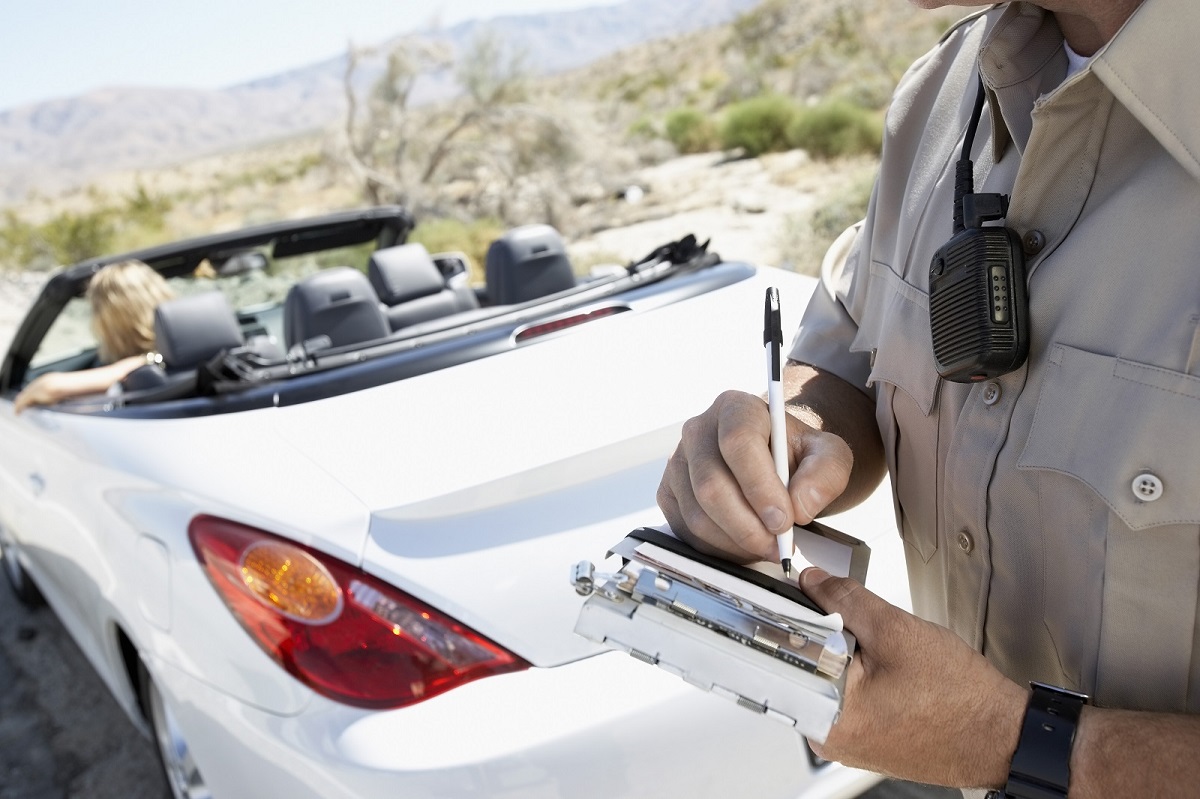
Image Credit: Shutterstock / sirtravelalot
Driving certain cars can make you more noticeable to law enforcement, even if you’re abiding by all the rules. Are you driving one of these “police magnets”? Here are seven cars that seem to attract more police attention than others. Police Magnet: 7 Cars That Guarantee You’ll Get Pulled Over
The Classic Cars That Were Total Clunkers
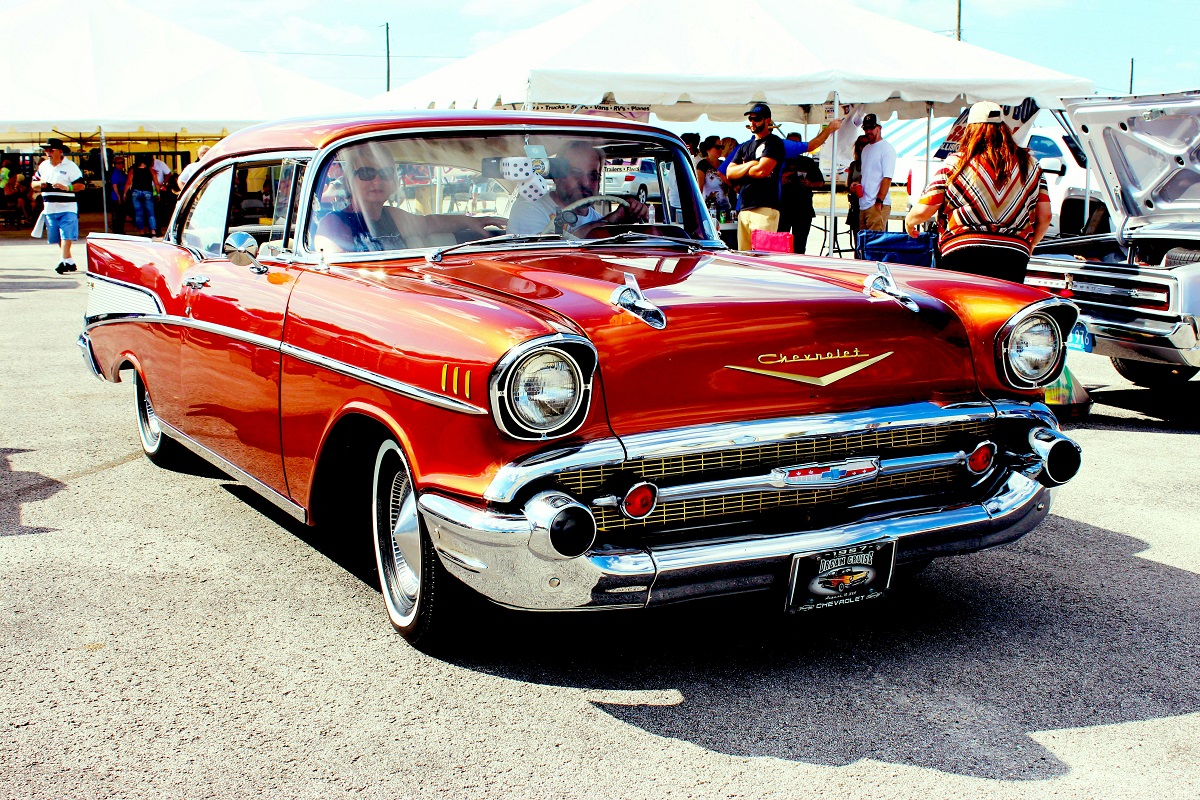
Image Credit: Pexels / Pixabay
Nostalgia has a funny way of making the past seem better than it was, especially when it comes to cars. But here’s the hard truth: some of those “classic” cars your dad raves about were real clunkers. Here’s a closer look at why some of those so-called “classics” weren’t all they were cracked up to be. The Classic Cars That Were Total Clunkers
The Worst U.S. Cars Ever Made: A Retro List
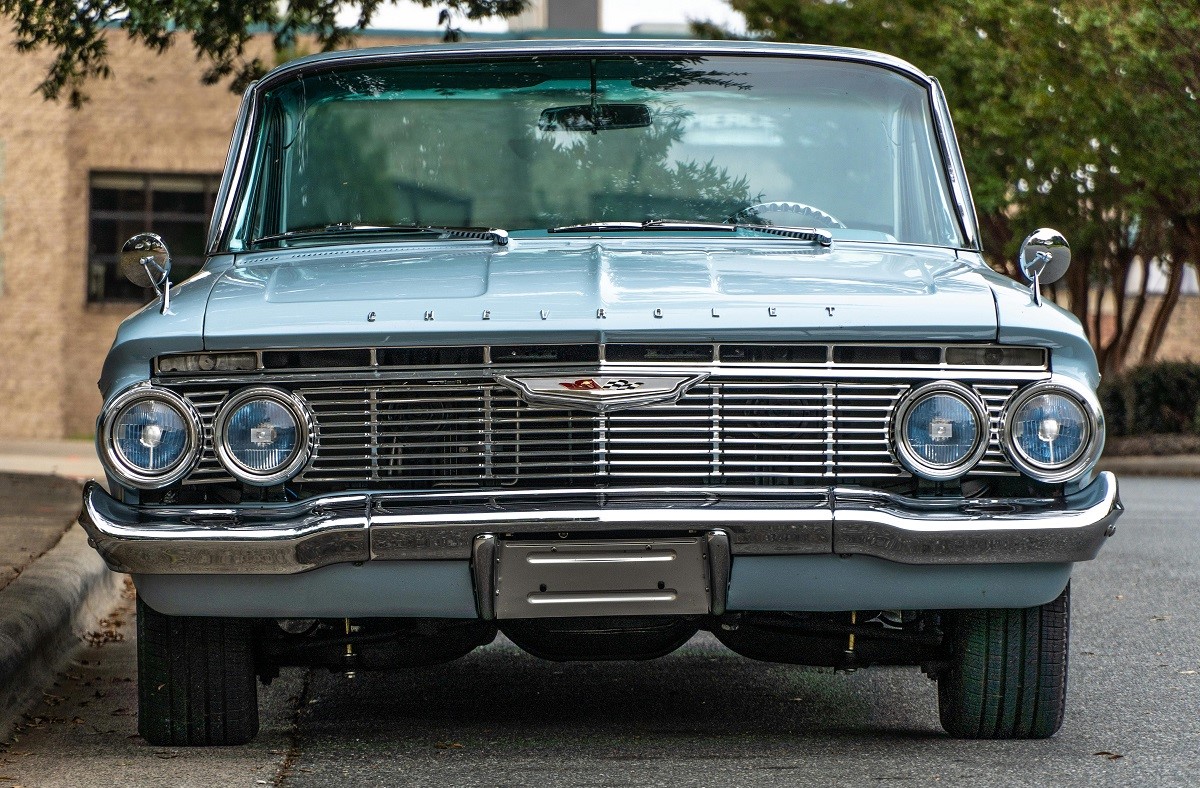
Image Credit: Pexels / Be The Observer
The U.S. auto industry has produced some incredible vehicles, but not every model was a hit. Here’s a look back at 16 of the worst cars ever made in the U.S., each infamous for its own unique flaws. The Worst U.S. Cars Ever Made: A Retro List
Featured Image Credit: Shutterstock / Dan Race.
For transparency, this content was partly developed with AI assistance and carefully curated by an experienced editor to be informative and ensure accuracy.
The images used are for illustrative purposes only and may not represent the actual people or places mentioned in the article.
